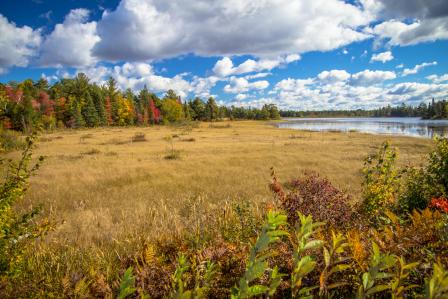Climate Adaptation and Ecosystem Protection

EPA works with local, state and tribal governments to protect the complex environmental systems that support natural water resources.
Climate changes such as sea level rise and drought can threaten ecosystem protection efforts, including the protection of wetlands and aquatic life.
Wetlands
Sea-level rise, drought, and wildfires can all contribute to displacing wetlands. Climate changes in combination with other stressors, such as land development, may further exacerbate loss of wetlands.
Coastal Estuaries
Climate changes including rising sea levels, altered rain patterns, drought, and ocean acidification threaten to degrade estuaries. Rising sea levels will move estuarine shorelines and alter tidal range in rivers and bays. Any reduction in coastal water quality from increased stormwater runoff will also threaten seagrasses and other estuary habitat.
Change in Fish Species
Warmer water temperatures and other climate change stressors can affect fish and other aquatic life. Increases in air and water temperatures may cause a change in the distribution of fish species and alter vulnerable ecosystems.
